
Blake Stitch Vs Goodyear Welt: What's the Difference & Which Is Better?
9 May 2025
When you're investing in a quality pair of shoes, it pays to look beneath the surface, literally. Shoe construction methods don’t just impact how footwear looks; they affect how it feels, how long it lasts, and how it wears over time. Two of the most respected methods in the shoemaking world are Blake stitching and Goodyear welting. Both offer craftsmanship and heritage, but each has its own character, strengths, and style.
So, how do you know which is right for you? In this guide, we break down everything you need to know to make an informed choice.
What's the Difference Between Goodyear Welt and Blake Stitch?
When we talk about classic shoe construction, two techniques tend to stand out: the Blake stitch and the Goodyear welt. Each has its own approach, feel, and set of benefits depending on how you wear your shoes and what you value most.
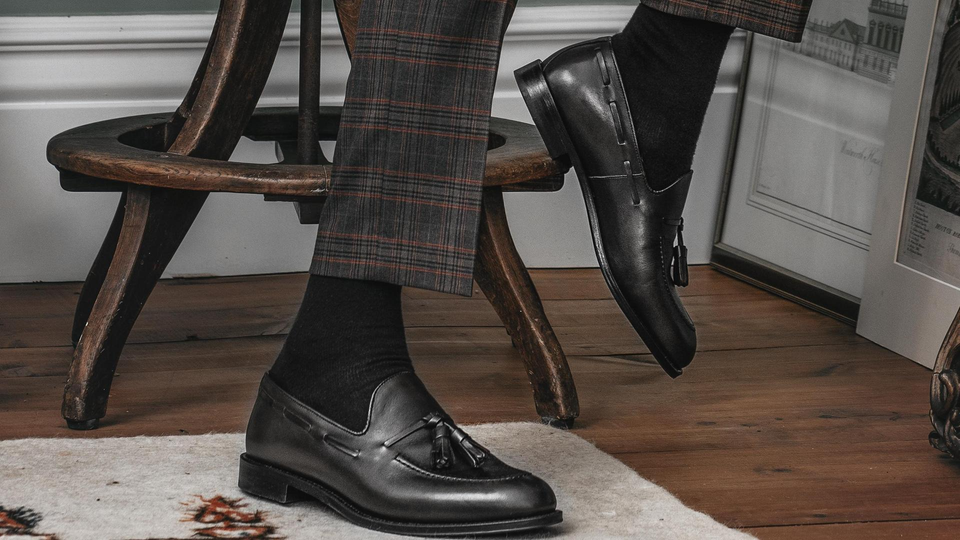
What is Blake Stitching?
The Blake stitch method involves a single row of stitching that runs directly through the insole, upper, and outsole. This creates a more lightweight and flexible shoe, with fewer internal layers between your foot and the ground. It's a great option if you prefer sleek aesthetics and more immediate comfort.
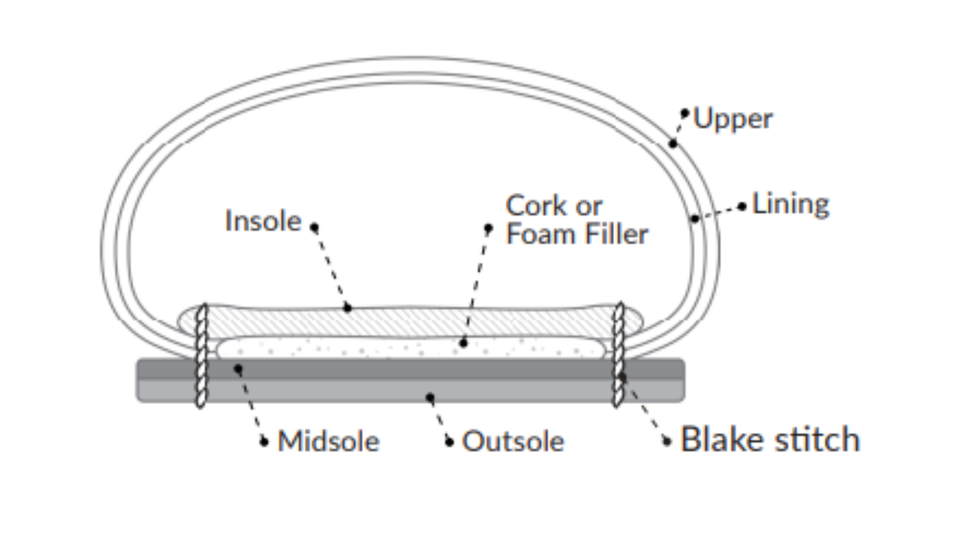
What is Goodyear Welt?
Goodyear welting is a more layered, traditional method. The upper is stitched to a leather welt, which is then stitched to the sole. It adds structure and helps keep out moisture but tends to make the shoe stiffer and heavier. These are built with longevity and weather resistance in mind.
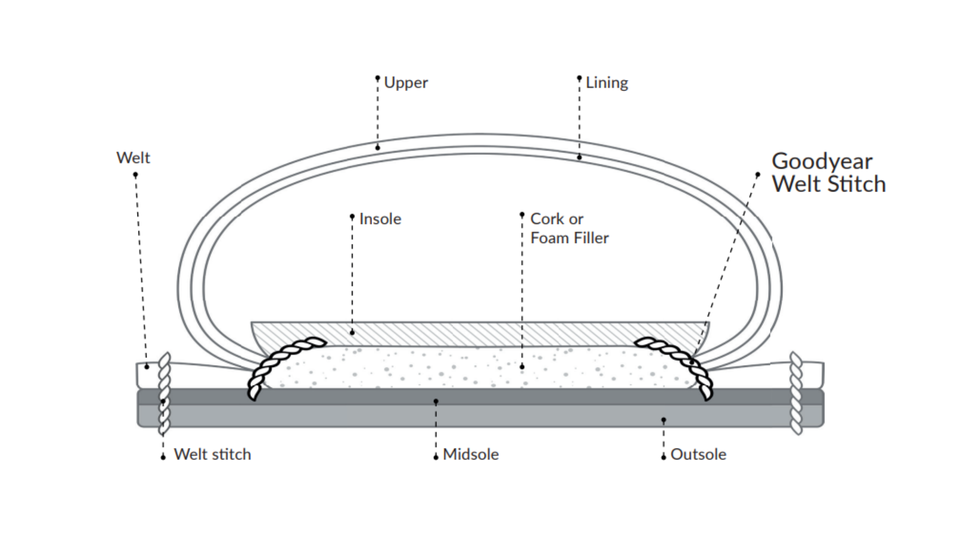
Advantages and Disadvantages to Both
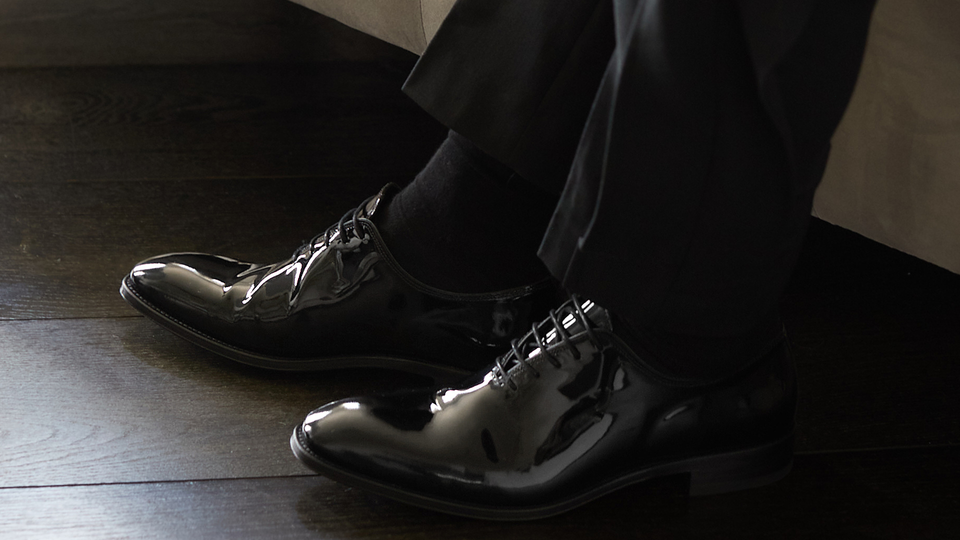
Advantages of Blake Stitch
- Lightweight and highly flexible
- Closer-cut silhouette for a smart, refined look
- Break in faster and feel softer on the foot
- Can be repaired and resoled with specialist tools
Advantages of Goodyear Welt
- Very durable and long-lasting
- Excellent water resistance
- Classic, structured profile
- Easier to repair by cobblers due to external stitching
Disadvantages of Blake Stitch
- Not as water-resistant due to internal stitching
- Repairs require a Blake machine, which not all cobblers have
- Less suited for heavy use or wet conditions
Disadvantages of Goodyear Welt
- Heavier construction can feel bulky
- Takes longer to break in
- Often more expensive due to a labour-intensive process
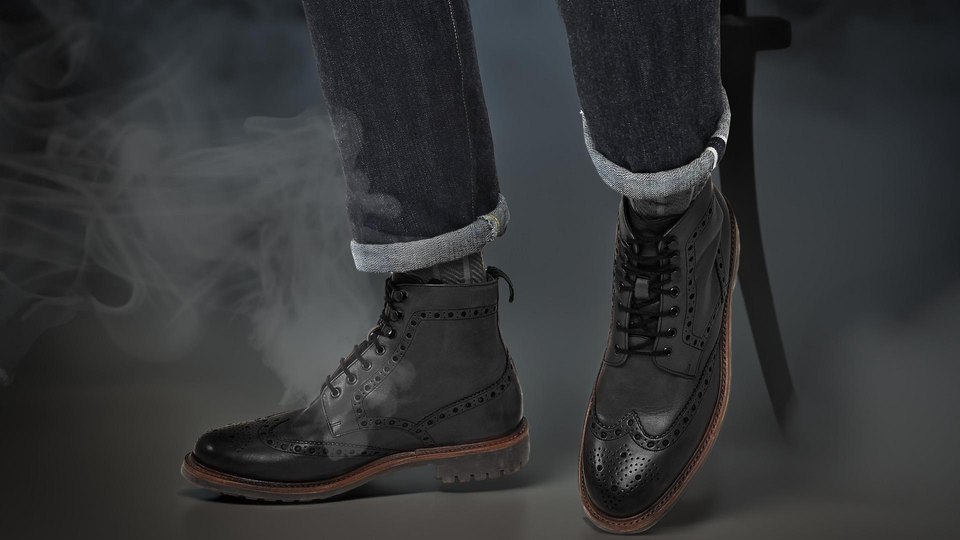
Blake Stitch vs Goodyear Welt
Flexibility and Comfort
Blake stitched shoes tend to be softer and more adaptable straight from the box. With fewer layers, they move naturally with your foot.
Water Resistance
Goodyear-welted shoes take the lead here. The layered design helps block moisture from entering the shoe, making them better for unpredictable weather.
Longevity
While both constructions are designed to last, Goodyear-welted shoes often have the edge when it comes to extended wear and frequent resoling. That said, Blake stitched shoes can still go the distance with proper care.
Repair Options
Goodyear-welted shoes are generally easier to repair due to the welt. Blake stitched shoes can be resoled but require specific equipment, which can limit where repairs can be done.
Style and Silhouette
For a clean, modern, and close-cut look, Blake stitching offers the refined elegance many prefer for dress shoes. Goodyear-welted shoes have a chunkier, more robust feel, ideal for boots or structured footwear.
Cost
Blake-stitched shoes usually sit at a slightly lower price point, while Goodyear welted styles reflect the extra craftsmanship involved in their construction.
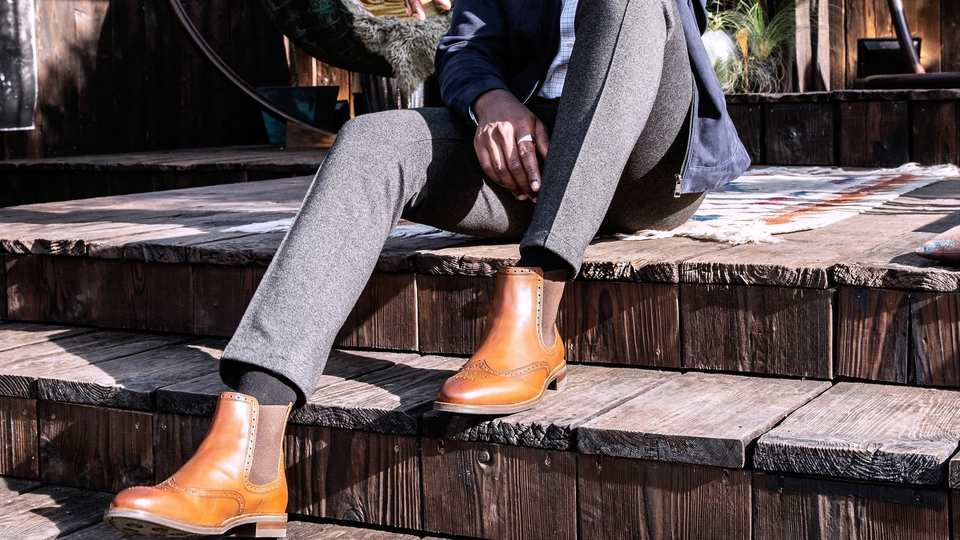
Blake Stitch vs Goodyear Welt - The Final Verdict
Both Blake and Goodyear constructions are excellent in their own right, it really depends on what you need from your footwear. If you favour a lightweight, refined silhouette and immediate comfort, Blake stitching is likely to suit your lifestyle. If durability, structure, and weather resistance matter more, Goodyear welting offers dependable craftsmanship.